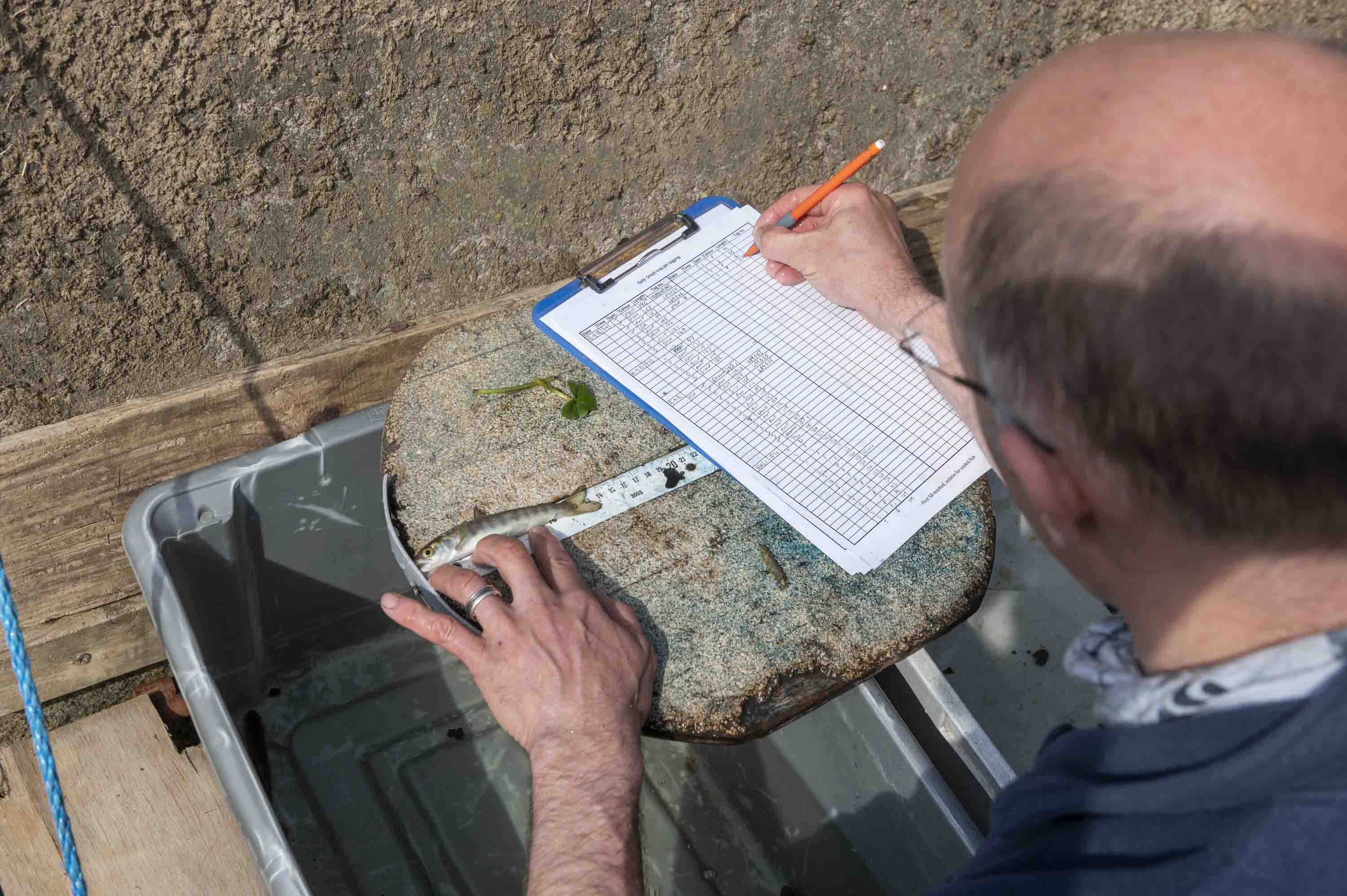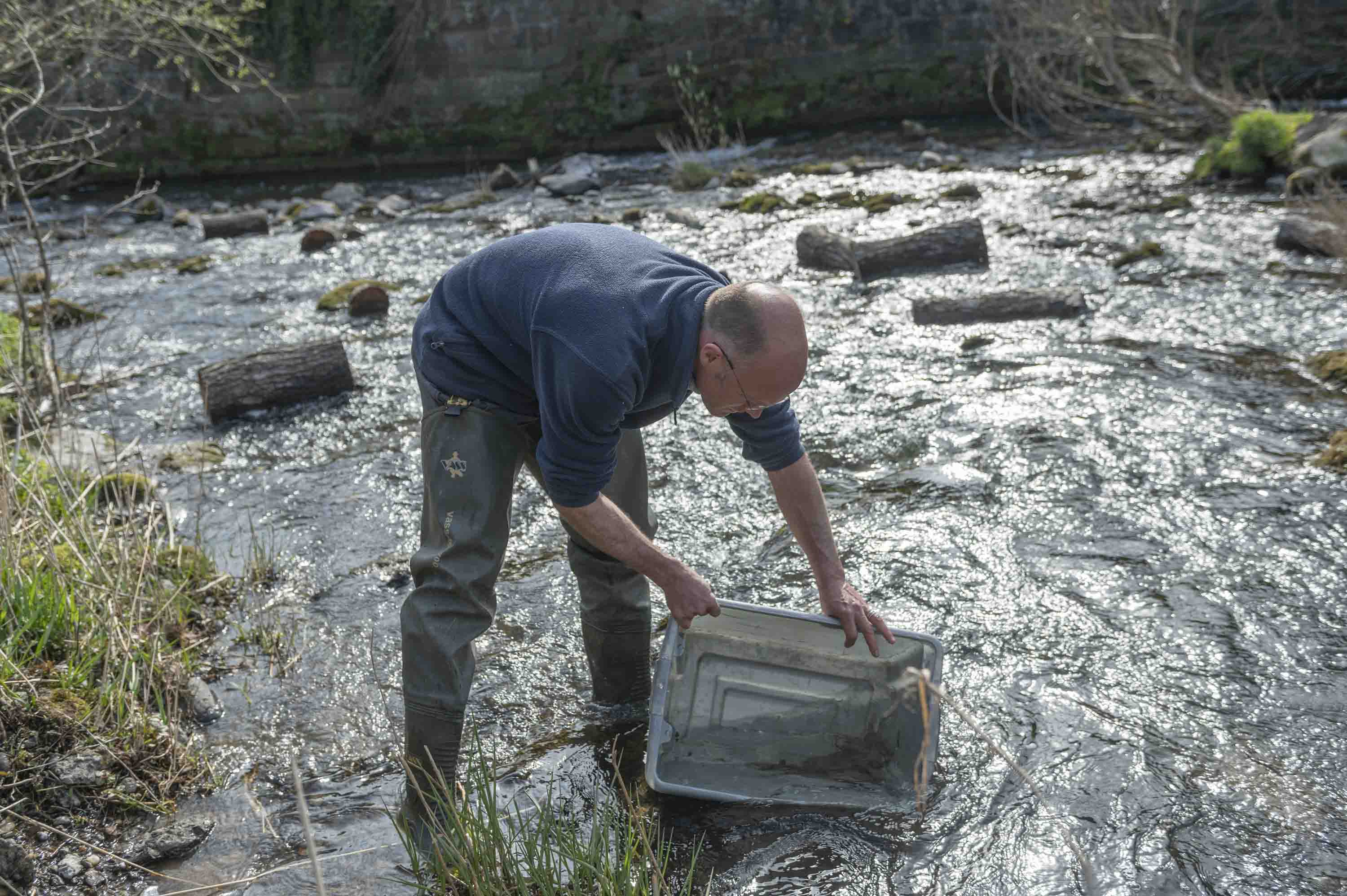Smolt Tracking Study
The Salmon smolt is the final product of the river and losses at this stage of the life cycle cannot be replaced. It is therefore essential to know exactly where, how and when smolts are lost on the way down the river as it may be possible to reduce these losses. In 2019, the Tweed Foundation initiated our four-year Smolt Tracking study to monitor smolt survival in the River Tweed and assess the management options available to improve their chances of surviving out to sea. You can make a donation here.
How do we do it?
Each year, we tag a sample of Salmon smolts leaving the Gala Water with acoustic tracking tags. We catch the Salmon either as pre-smolts (parr that are just turning silver) by electro-fishing, or as smolts at the Gala smolt trap. Once caught, the fish are tagged with a small tag that emits an acoustic signal every 10-30 seconds and uniquely identifies each smolt. The smolts are then released back into the river to continue their migration.
To monitor the progress of the smolts, tracking receivers are strategically located along the main stem of the Tweed. The tracking receivers record the identification code of any tagged smolt that swims past, allowing us to monitor how many make it out to sea and highlight where in the river smolts losses are taking place.


Results So Far
2019 was a pilot year for the study in which 60 smolts were tagged. This number increased in 2020 to 240 fish, providing a more representative sample. Despite the differences in sample size, the results for 2019 and 2020 were very similar, with 59% of tagged smolts not making it out of the river in 2019 and 57% in 2020. In both years, losses were much higher in the Middle Tweed between Galashiels and Kelso compared to the Lower Tweed.
The summary reports for the 2019 and 2020 studies can be viewed here.
Monitoring smolt survival in the river is highlighted as a priority in the Tweed Fisheries Management Plan. By assessing where in the river most smolt losses occur, we can target our efforts to ensure as many smolts survive in the river as possible. In doing so, this will increase the chances of greater numbers of adult fish returning to the river in future years.